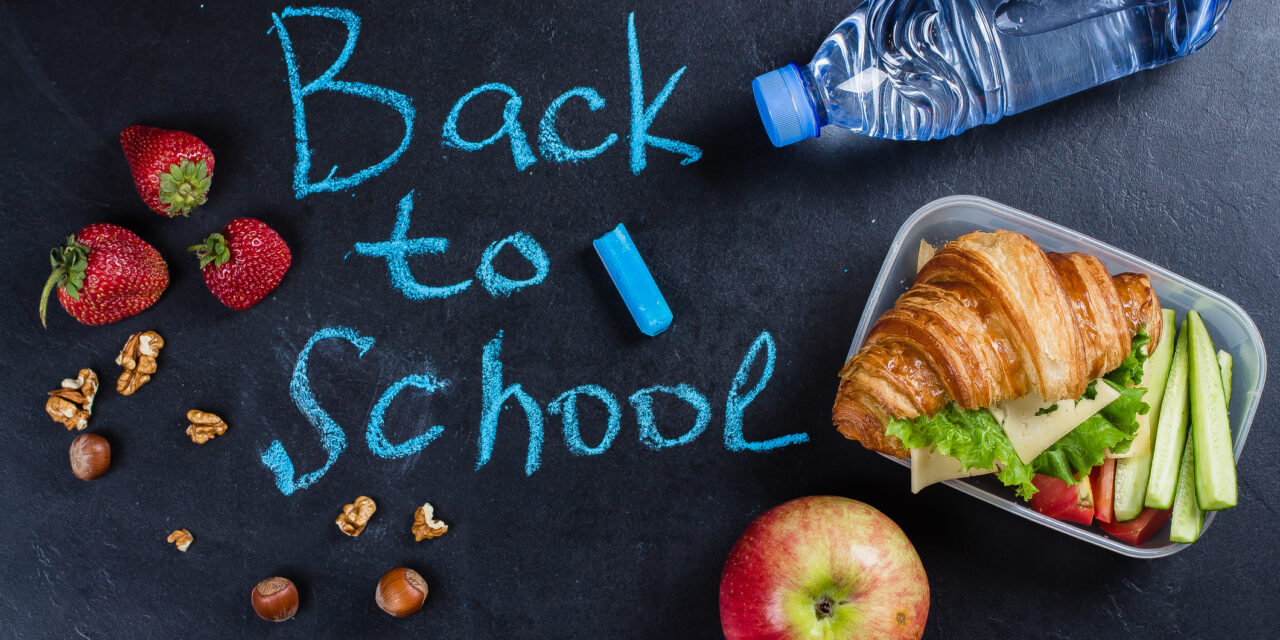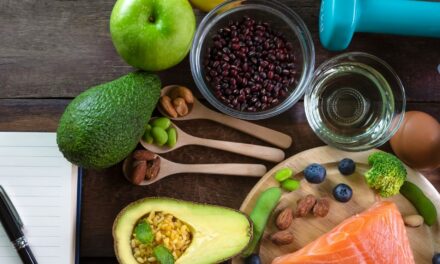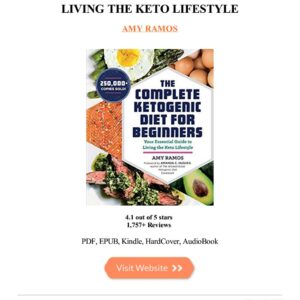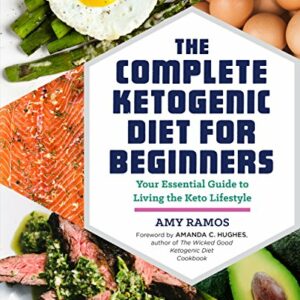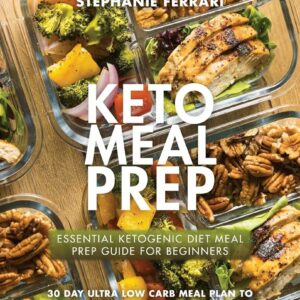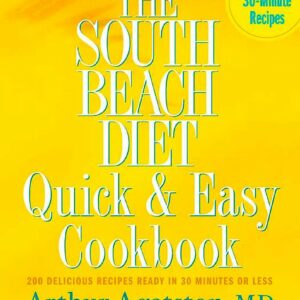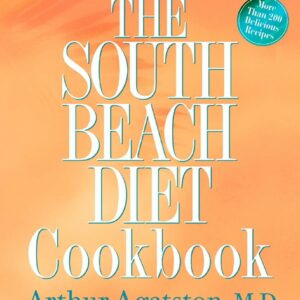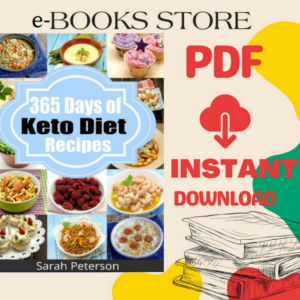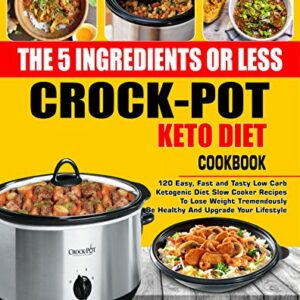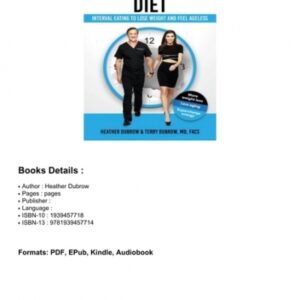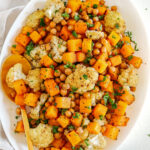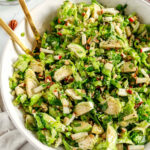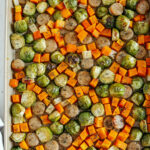By: Lisa Spriet, Registered Dietitian
With the arrival of the back-to-school season, our kitchens become the command centers for coordinating action-packed days between family members and fuelling them with a constant supply of meals and snacks. When aiming to strike a reasonable balance between convenience, nutrition, and budget, the contents of our fridge, freezer, and pantry can truly make or break our mealtime aspirations.
This blog is for you if you:
- dislike wasting food and money
- want to boost your family’s immune system
- are ready to simplify meal management
This blog will help you transform how you manage your grocery shopping and get organized for the school year following a 3 step approach! Of course, our tips are general and applicable to families without children as well. Our goal is to inspire you to develop a system for creating nourishing meals that align with your nutrition goals and give your immune system the support it needs. Join us as we explore the art of shopping and stocking up and uncover 12 money-saving strategies to make the most of your food budget.
Let’s get right into it!
Step 1: A Quick Pantry & Fridge Makeover
If you’ve been travelling and vacationing lately, this is a must-do step for you!
- Declutter and Designate Areas for Different Foods: Empty your fridge, discard expired items, freeze what can be saved, and wipe down the shelves and drawers.
- Then, place perishable items like meats and dairy in the coldest sections and fruits and vegetables in the crisper drawer.
- Clear Out and Categorize: Dispose of any expired items and items that are not aligned with your nutrition goals from your pantry.
- Then, categorize your pantry items into sections such as grains, canned goods, snacks, healthy oils, condiments, baking supplies, etc.
- If there are things, you want to keep but eat less of (chips, etc.), either store them out of reach or at the back of the pantry/ cupboard.
- Notes & Tips:
- When disposing of foods, make sure to recycle, use biowaste and rotate going forward. As you unpack groceries, rotate older items to the front to ensure you use them before they expire. Bonus Tip: Follow the “first in, first out” rule to keep a healthy freezer.
- When you write your shopping list, take inventory of what you already have. Stocking items in their designated areas will help you do this quickly and identify what foods you need to use in case they expire soon.
Step 2: Shop The Essentials, Including Immune-Boosting Foods
The unfortunate reality is that we might not be able to prevent colds and flus entirely, but we can definitely try to make them shorter and less severe to minimize downtime. The foods we choose to keep at hand can play a vital role in boosting our body’s defences. This back-to-school season, follow the list below to stock up on immune-boosting foods that are readily available and can be seamlessly incorporated into our meals.
A Rainbow Of Fruits And Vegetables: Include a wide range of colours in your fridge to help with an adequate intake of vitamins and antioxidants. On a daily basis, aim to consume every colour.
Quick tips – Some items for boosting immunity:
- Citrus fruits, strawberries, bell peppers, broccoli, spinach, and kiwi are great sources of vitamin C. Buy frozen when fresh is not available or in good condition.
- Consider culinary superstars garlic and ginger for their anti-inflammatory properties, enhancing both flavour and immune protection.
Additionally, affordable, multipurpose staples include bananas, apples & avocados.
Lean Proteins: Protein is essential for immune function (e.g. a source of zinc). Incorporate foods such as poultry, fish, beans, lentils, tofu, and low-fat dairy products into your meals.
Quick tips:
- Experiment with canned salmon and sardines for sandwiches instead of tuna for added healthy fats.
- Make your own “deli meats” by roasting a turkey or chicken, slicing (and freezing).
- Soak dry lentils and beans for 2-24 hours before cooking/preparing. You can also buy canned and rinse with water to help reduce sodium. Many cooked legumes are now also available frozen!
Healthy Fats: Omega-3 fatty acids, found in fatty fish (salmon, mackerel, sardines), flaxseeds, chia seeds, and walnuts, have anti-inflammatory properties that can support immune health.
Quick tips:
- Check out our comprehensive guide about healthy oils!
- Add one tablespoon of chia per smoothie serving; there is no need to pre-soak.
Probiotics And Fermented Foods: Probiotics help support gut health, which is closely linked to immune function. Incorporate yogurt, kefir, sauerkraut, kimchi, and other fermented foods into your meals.
Quick tips:
- Cook up a kimchi soup that will provide several meals!
- Choose a low-sugar (max 10 grams per serving), plain, higher protein (16-22 grams) Greek yogurt.
Choose Whole Grains: Good options include whole grain bread (check the link for our favourite breads), brown rice, quinoa, whole wheat, and oats. They provide fibre that helps support gut health and essential nutrients for overall health.
Quick reminder:
- Wholegrain bread and other carbohydrates are not unhealthy! Glucose from carbohydrates is our bodies’ preferred source of energy!
Unsalted Nuts And Seeds: Great as snacks, salad and oatmeal toppings, providing essential nutrients like vitamin E and zinc, known to help with immune function. Top choices include pumpkin, flax and chia seeds, almonds, and walnuts.
Quick tips:
- Nuts and seeds are calorie-dense, so paying attention to portion sizes is important.
- A dietitian can help educate on portion sizes for different foods and food groups, as well as develop a personalized plan for your nutrient needs.
Step 3: Strategic Spending – Nifty & Thrifty Nutrition Tips
The art of money-saving meal planning lies in harnessing the potential of the ingredients at our disposal. During this back-to-school season, let’s aim for an A+ in saving money on healthy eating!
- Have A Shopping List For Your Basics: Your basics list usually stays the same for the foods that are part of your healthy eating routines. Take a quick inventory of these items before you go shopping.
- Stock Up: Investing in pantry staples such as rice, pasta, oats, and legumes in bulk can reduce costs in the long run. However, only buy the ones in bulk that you know are your favourites; ideally, you use them weekly.
- Seasonal Sensibility: Farmers’ markets and local grocers often offer a range of in-season fruits and vegetables at lower prices.
- Create your own “seasons” – choose your themes and spices for a few weeks or longer so you are not constantly buying new dressings, condiments, and spices to fuel your culinary explorations.
- Buying Fruits And Vegetables In Bulk Or Frozen? Buy the ones in bulk that you have multiple uses for. Rotate your favourites based on price and to provide variety. Rotating is especially important if you are a small family or a solo dweller.
Examples of multiple uses:
- Use kale in salads, smoothies and soups. Alternate between kale and spinach; don’t buy both for the same week.
- Use avocados on toast, as dip, in salads and smoothies.
- Use apples as oatmeal or yogurt toppers, in salads, with peanut butter, etc.
- Reverse Engineer Your Menu: Plan your meals for the week based on items on sale instead of going with your “default” ideas or what you are craving at the moment. Look for recipes to create something easy and exciting with those ingredients.
- Avoid Deal Pitfalls: Don’t buy extra unless you have a plan to use it, even if you put it in the freezer. Do stock up when your favourite (non-perishable or frozen) foods are on sale.
- Keep It Simple: “Natural” is not a regulated term – Read the labels and don’t overpay for perceived value.
- Don’t Forget The Fineprint: Check the expiration dates to avoid wasting products with an inadequate shelf life for you. Also, don’t waste money on foods that are not good for you – Make sure to read the ingredient lists and nutrient values.
- Shop With Intention: Avoid impulses and more expensive processed options. For example, the center aisles are where most of the more processed and less healthy choices are located – Don’t go there if you don’t have to! Instead, stick to the outer part of the grocery store where most fresh and whole foods are located (exceptions can include some store-made meals and baked goods).
- Take Pride In Opting For The Cheaper Brand: Shop in the same places regularly and know the store brands that fit your nutrition goals after reading (and comparing) the labels.
- Learn To Love Leftovers: Get creative and minimize food waste, or be cool with serving the same dinner two nights in a row. Some ideas and tips:
- Chicken from dinner can become your protein for a lunch salad the next day.
- Have you ever pan-fried previously cooked oatmeal?
- Baked salmon could turn into seafood pasta with some low-fat cooking cream or homemade pesto!
- Roasted vegetables on a pizza or inside a pita wrap give them a perfect second chance.
- Prefer Organic? Save your hard-earned dollars, where organic may not make a difference. The 15 cleanest fruit and veg* (with the least amount of pesticides) include:
- Avocados
- Sweet corn
- Pineapple
- Onions
- Papaya
- Sweet peas (frozen)
- Asparagus
- Honeydew melon
- Kiwi
- Cabbage
- Mushrooms
- Mangoes
- Sweet potatoes
- Watermelon
- Carrots
*The Environmental Working Group (EWG) releases an updated list of foods with the most and the least pesticides every year. The list featured in this blog was last downloaded on August 21, 2023. https://act.ewg.org/
This content is meant to provide information and ideas, but it is not a substitute for professional medical, health, or dietary advice. Always consult a qualified healthcare provider, such as a registered dietitian, for personalized nutrition advice.
Inspired To Take Your Family Nutrition To The Next Level?
Choose from a wide range of services based on your goals, budget and time!

